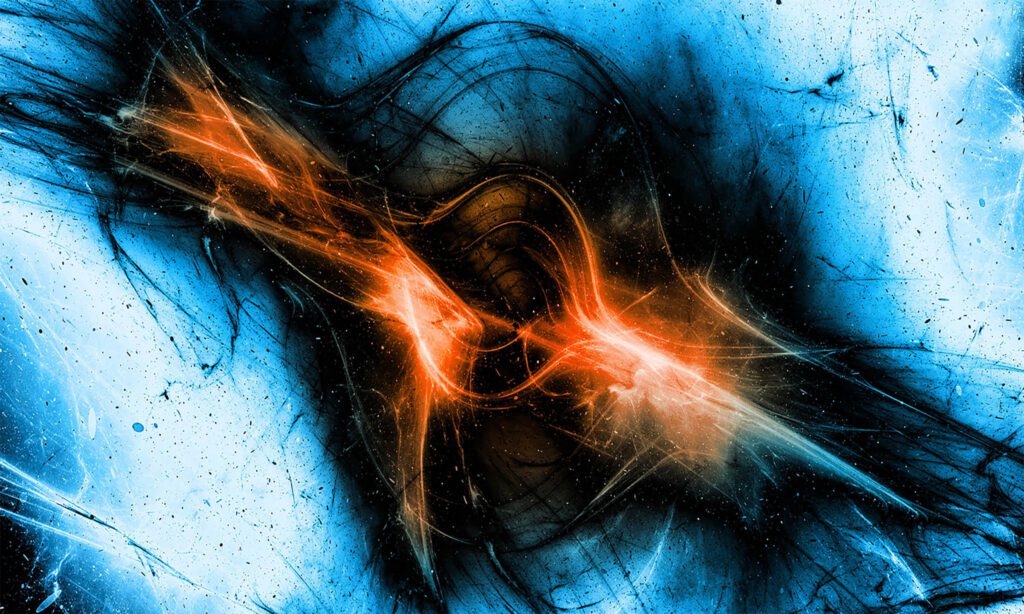The universe appears simple with stars, gas, and gravity, but underlying complexities reveal that most of it comprises unseen elements, specifically dark matter and dark energy. Despite decades of observations pointing to these components, physicist Rajendra Gupta offers a new model aiming to explain the universe without them.
Gupta combines two concepts: Coupling Constant (CCC), which speculates that physical constants might change over time or space, and “tired light” (TL), which suggests light loses energy over vast distances, causing redshift without implying universal expansion. He argues that this could account for cosmic phenomena traditionally attributed to dark matter and dark energy.
Historically, the existence of dark matter was suggested by discrepancies in galactic movements, while dark energy has been a placeholder for the universe’s accelerating expansion. Gupta challenges these notions, positing that weakened natural forces could explain these phenomena.
His model suggests significant implications, potentially altering how we perceive cosmic history and distance measurements. Testing Gupta’s theory involves verifying predictions against observational data, such as galaxy rotation and the cosmic microwave background. If successful, it could reshape our understanding of the universe without requiring dark components.
Ultimately, Gupta’s research invites critical examination of foundational cosmological models and calls for further observational tests to validate or refute his ideas. The full study appeared in the Astrophysical Journal.


